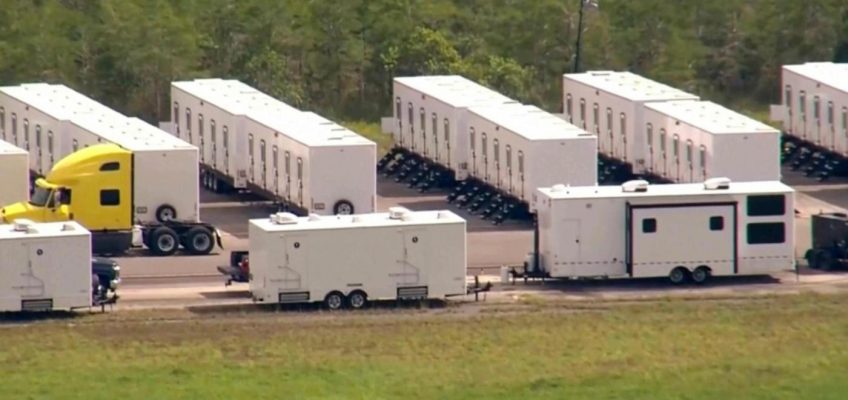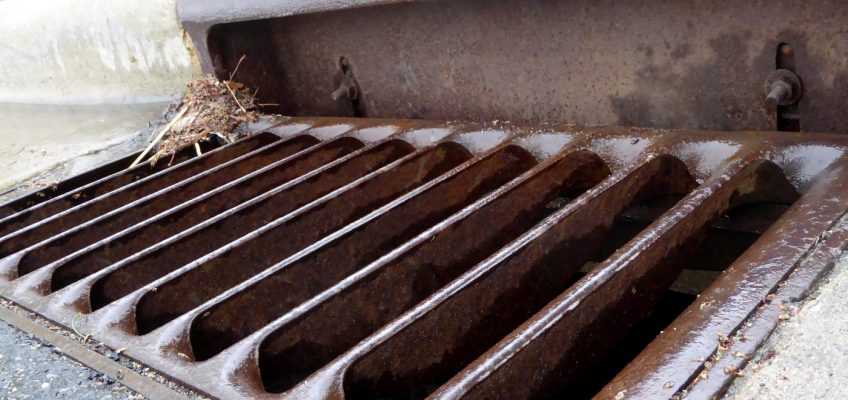Now that the 12-Day War of Israel’s pinpoint airstrikes on Iranian military and nuclear targets and Iran’s blind ballistic missiles slamming into Israeli apartment buildings and hospitals has ended by the Trump Truce (with some salty language from the president) the ultimate goal must continue: To completely deny Iran from having atomic arms.
That can be back at the negotiating table or back on the battlefield, which the U.S. joined by bombing nuclear sites at Fordo, Natanz and Isfahan. The choice is that of the ayatollah.
Forbidding the mullahs’ medieval theocratic regime, the world’s No. 1 sponsor of terror, atomic arms, is not just something that Israeli Prime Minister Bibi Netanyahu and President Donald Trump want. No nukes for Iran has been the bipartisan U.S. policy for 30 years, going back to Bill Clinton’s time in the Oval Office.
Following Clinton, George W. Bush, Barack Obama, Trump and Joe Biden all in turn have insisted that Tehran cannot have nukes.
Last week, at their summit in Alberta, the G-7 nations of the U.S., Canada, France, Germany, Italy, Japan and Britain were united: “We have been consistently clear that Iran can never have a nuclear weapon.” The key word is “never.”
Even Iran’s pal, Vladimir Putin, invader of Ukraine, who has been using Iranian drones against the Ukrainians, doesn’t want a nuclear Iran. The same for the Arab states threatened by Iran.
Whether Iran’s centrifuges and uranium enrichment facilities have been permanently destroyed or merely temporarily damaged drives home the same point: The two dominant military powers in the region, the U.S. and Israel, will act with force if needed to stop an Iranian nuke.
If the underground plant at Fordo didn’t collapse, but only had its entrances blocked by the bombardment of the bunker buster bombs dropped by B-2s, Fordo remains a target.
Of course, the Iranians will try again and the estimated 400 kilograms of 60% enriched uranium they have squirreled away needs to be pursued by inspectors from the International Atomic Energy Agency. But the words of the world have now been reinforced with decisive military action.
The IDF’s Operation Rising Lion and the Pentagon’s Operation Midnight Hammer could only happen and successfully bomb Iran’s bomb factories without risking a reprisal attack from Iran’s proxies because those proxies are all defanged and defeated.
Hezbollah in Lebanon, Hamas in Gaza, the Assad dictatorship in Syria, the Houthis in Yemen and Shiite militias in Iraq, once the supposed “Axis of Resistance” ringing Israel and threatening U.S. bases, are all either vanquished or neutered.
Thus the IDF in the air (and the Mossad on the ground) along with the U.S. Air Force and the U.S. Navy could get the job done and pound Iran’s nukes.
Denuded of air defenses, the skies over Iran remain free for Israeli and American planes.
So now the ayatollah, who had a symbolic retaliation by firing some nonlethal missiles at the American’s Al Udeid Air Base in Qatar, has to decide his course going forward.
Sit down in Geneva or Vienna or Qatar and fully and permanently surrender this mad nightmare to acquire nukes, or face more of the same devastation. Or give up the chase (and the terror) and join the community of nations.
— The New York Daily News




